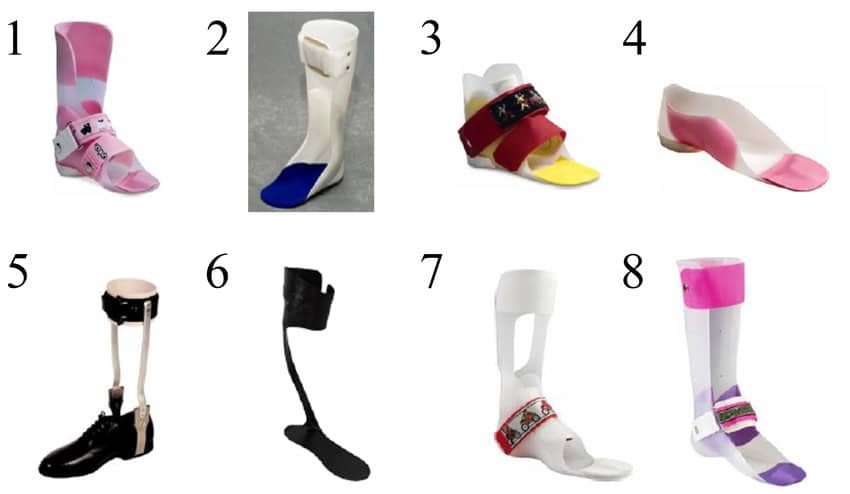They achieve their effect via the three-force principle, which means three points of contact, two of which stabilize, and the third exert pressure. That’s why they work best when they’re moving. A distinction must be made between passive and active orthoses: while passive orthoses fully support the affected part of the body, the active model requires the help of the wearer.
For the medical aid to be efficient, the patient’s wishes should be considered when selecting. The orthopedic technician in the medical supply store combines what has been prescribed by the doctor with the customer’s individual needs and makes corrections, if necessary, for example, if there are pressure points or the wearing comfort is restricted. You should have your medical supply store or custom pediatric orthotics solution show you how to put on your orthosis correctly so that there is no pain or numbness.
When Do You Wear The Orthosis?
First of all, as your doctor has prescribed. You should start with a short time to avoid sores or relieve posture. The application is then extended daily until you leave your orthosis on your body all the time. Exception: acute injuries where this is not possible. Whether it is possible to drive a car with an orthosis is answered by master orthopedic technician Lars Neumann: “There are special conversions that help prosthesis and orthosis wearers be mobile and allowed to drive a car.”
It is advisable to wear the aid over a thin, absorbent piece of clothing (please pay attention to unwanted creases!). There is also special underwear that can be worn under the orthosis. It is made of breathable material and thus transports moisture away from the skin quickly. The specialists in the medical supply store will be happy to explain how to put on and remove splints and bands correctly. Of course, you can also wash the orthosis if necessary (follow the manufacturer’s washing instructions, do not iron the straps!). If you take good care of the orthosis, this can also extend the service life of the bandage.
Should You Also Wear The Orthosis At Night?
If your orthosis has a compression effect, you should refrain from wearing it at night. Otherwise, support should also be given to the leg or arm at night because you cannot control the positioning of the injured or diseased limb while you are sleeping. Involuntary movements caused by relaxed muscles could mean a step backward in the healing process.
Conclusion On The Orthosis
Whether permanently in the case of illnesses or only for a certain period in the event of injuries, people can feel safer in everyday life thanks to orthoses. The aid of splints and bandages supports you when the trunk and limbs need stability, correction, fixation, and pain relief. The best-known use is probably the knee orthosis after a cruciate ligament tear and subsequent cruciate ligament plastic surgery. Orthoses are prescribed by a doctor and individually adapted to your needs in the medical supply store to be effective. They must be worn as instructed by the doctor and can also effectively support the healing process, especially at night. Compression orthoses should be removed at bedtime, however.

